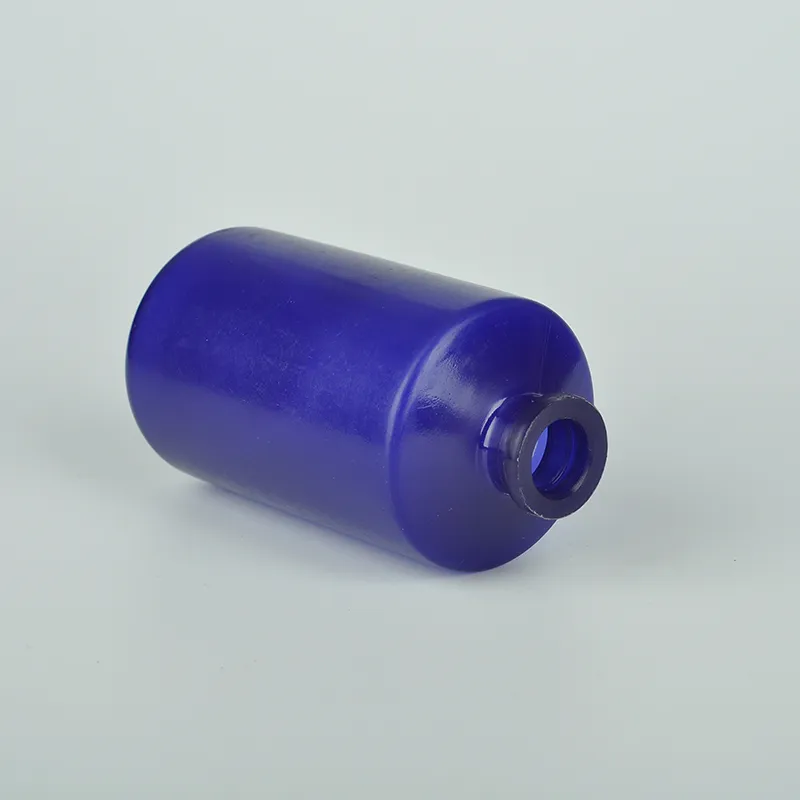https://www.wahmg.com/)">
petri dish vs cell culture dish
petri dish vs cell culture dish
Petri Dish vs. Cell Culture Dish Understanding Their Importance in Biological Research
In the realm of biological research, the choice of the right culture vessel is crucial for successful outcomes. Two commonly used items are the Petri dish and the cell culture dish. Although they may appear similar, these two vessels serve distinct purposes and cater to different experimental needs.
The Petri dish, invented by German bacteriologist Julius Richard Petri in 1887, is a shallow, flat, cylindrical, transparent dish typically made of glass or plastic. It is primarily used for cultivating microorganisms, including bacteria and fungi, on solid growth media. The dish is ideal for isolating pure cultures, allowing researchers to study specific microbial colonies, observe their growth patterns, and conduct antibiotic susceptibility tests. The design of the Petri dish, which often includes a lid, helps prevent contamination while allowing for air exchange, which is essential for aerobic microorganisms.
petri dish vs cell culture dish

On the other hand, the cell culture dish is designed specifically for the growth of eukaryotic cells. These dishes come in various formats, such as multi-well plates or larger culture flasks, and are often treated to promote cell attachment and growth. Cell culture dishes typically feature surfaces coated with extracellular matrix proteins or specific substrates to enhance cell adherence and proliferation. Unlike Petri dishes, which may use solid media, cell culture dishes often use liquid media, enabling the maintenance of eukaryotic cell lines in a more controlled environment.
Another significant distinction is the scale of experimentation. Petri dishes are often utilized for smaller-scale cultures, while cell culture dishes can accommodate larger volumes and multiple samples simultaneously. This versatility is essential for assays such as drug testing, where multiple conditions need to be evaluated at once.
In summary, both Petri dishes and cell culture dishes play vital roles in biological research. The former is indispensable for microbiological studies, whereas the latter provides the necessary environment for eukaryotic cell growth and experimentation. Understanding the unique features and applications of these dishes enables researchers to choose the appropriate vessel for their specific experimental needs, ultimately contributing to the advancement of scientific knowledge and breakthroughs in biomedicine.
-
Wholesale Plastic Juice Bottles with Caps 16 oz Options Available Bulk Packaging SolutionsNewsJun.10,2025
-
Laboratory Apparatus Reagent Bottle – Durable & Chemical Resistant Bottles for Safe StorageNewsJun.10,2025
-
Squeezable Dropper Bottles Durable, Leak-Proof & CustomizableNewsMay.30,2025
-
Affordable Plastic Petri Plates Sterile & Disposable Lab-GradeNewsMay.30,2025
-
Eye Dropper Caps Precision 24/410 & Plastic Bottle-Compatible TipsNewsMay.30,2025
-
Affordable Mini Spray Bottle Price & Wholesale Deals Shop NowNewsMay.29,2025





















